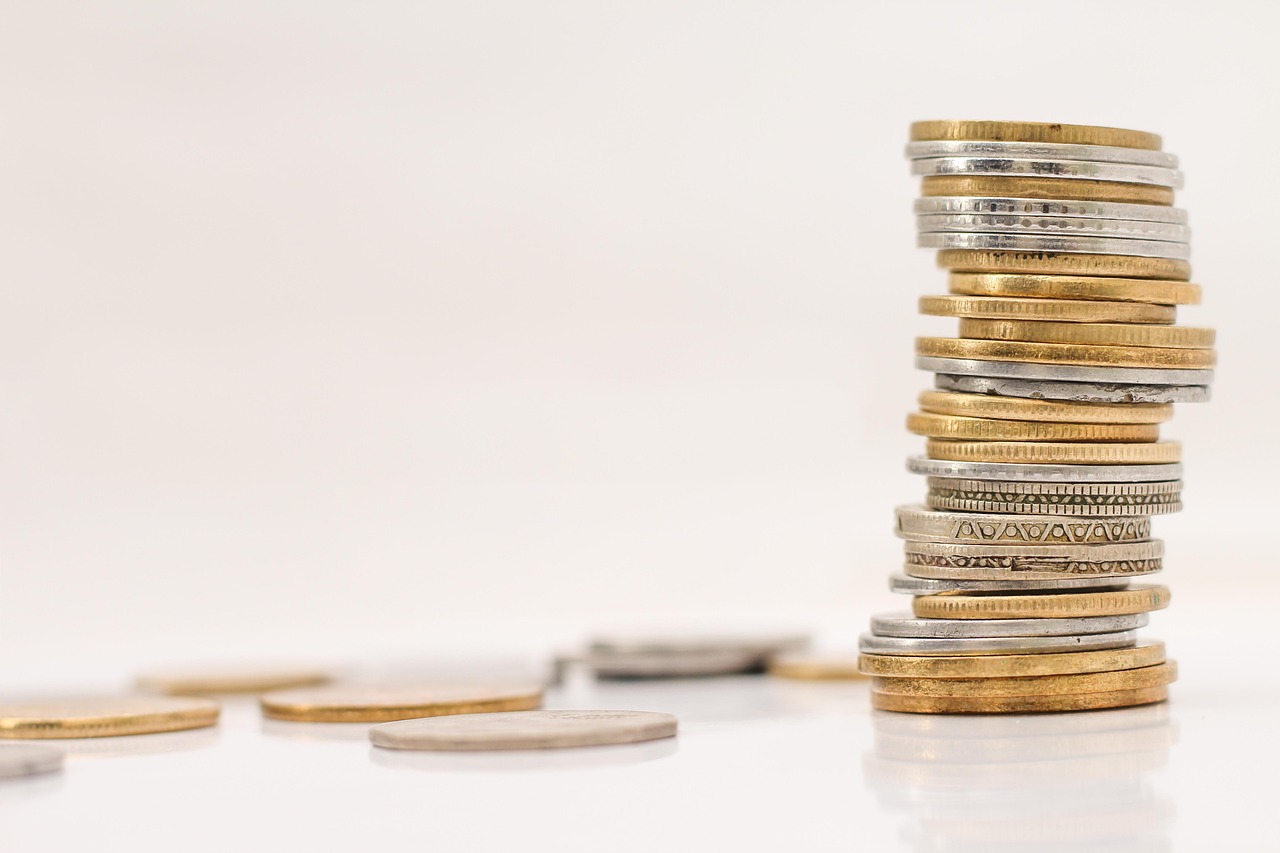Exploring NFT-Enhanced Ancestry Tracking: A New Frontier in Genealogy

The digital age has revolutionized numerous aspects of our lives, from how we communicate to how we manage our finances. One of the latest innovations capturing the attention of tech-savvy professionals is the integration of Non-Fungible Tokens (NFTs) into ancestry tracking. This emerging trend is poised to reshape the way individuals explore their genealogical roots, offering unprecedented accuracy, security, and interactivity.
NFTs, unique digital assets verified using blockchain technology, have primarily been associated with the art and collectibles markets. However, their application in ancestry tracking is gaining traction, providing a new dimension to genealogy research. This article delves into how NFTs are enhancing ancestry tracking, examining the benefits and global context of this technological advancement.
The Intersection of NFTs and Genealogy
The integration of NFTs into genealogy involves the creation of digital tokens that represent unique aspects of an individual’s ancestry. These tokens can include verified family records, personal stories, genetic data, and cultural artifacts. By leveraging the decentralized and immutable nature of blockchain, NFTs offer a secure and transparent method for storing and sharing genealogical information.
One of the primary advantages of using NFTs in ancestry tracking is the ability to establish a verified chain of historical documentation. This feature addresses common challenges in genealogical research, such as the authentication of records and the prevention of data tampering. As each NFT is unique and cannot be altered without consensus, it ensures the integrity of the information it represents.
Benefits of NFT-Enhanced Ancestry Tracking
Integrating NFTs into ancestry tracking provides several benefits:
- Security: The decentralized nature of blockchain technology ensures that genealogical data is secure from unauthorized access and tampering.
- Transparency: Every transaction and modification involving an NFT is recorded on the blockchain, providing a clear and auditable trail of changes.
- Ownership: NFTs empower individuals with ownership of their genealogical data, allowing them to control who has access and how it is used.
- Interactivity: NFTs can be designed with interactive elements, such as multimedia content, that enrich the storytelling aspect of genealogy.
Global Context and Adoption
The adoption of NFTs in ancestry tracking is part of a broader trend towards digitization and personalization in genealogy. As more people seek to connect with their roots in meaningful ways, the demand for innovative tools and platforms is on the rise. In countries with rich historical archives, such as the United States, the United Kingdom, and various European nations, the use of NFTs can enhance the accessibility and reliability of genealogical data.
Moreover, this technology holds significant potential in regions where historical records have been fragmented or lost due to conflict or natural disasters. By digitizing and tokenizing what remains, communities can preserve and celebrate their heritage in a secure and lasting manner.
Challenges and Considerations
Despite its promising potential, NFT-enhanced ancestry tracking is not without challenges. Data privacy remains a crucial consideration, as sensitive genetic and familial information is at stake. Ensuring compliance with data protection regulations, such as the General Data Protection Regulation (GDPR) in Europe, is essential for gaining public trust.
Additionally, the technical complexity of blockchain technology presents a barrier to entry for some users. Simplifying the user experience and providing educational resources will be critical in promoting widespread adoption.
Conclusion
NFT-enhanced ancestry tracking represents a fascinating convergence of technology and genealogy, offering new opportunities to explore and preserve personal histories. As the technology matures, it will be essential for stakeholders to address privacy concerns and technical challenges to unlock its full potential. For tech-literate professionals and genealogy enthusiasts alike, this innovative approach promises a new era of discovery and connection with the past.
















